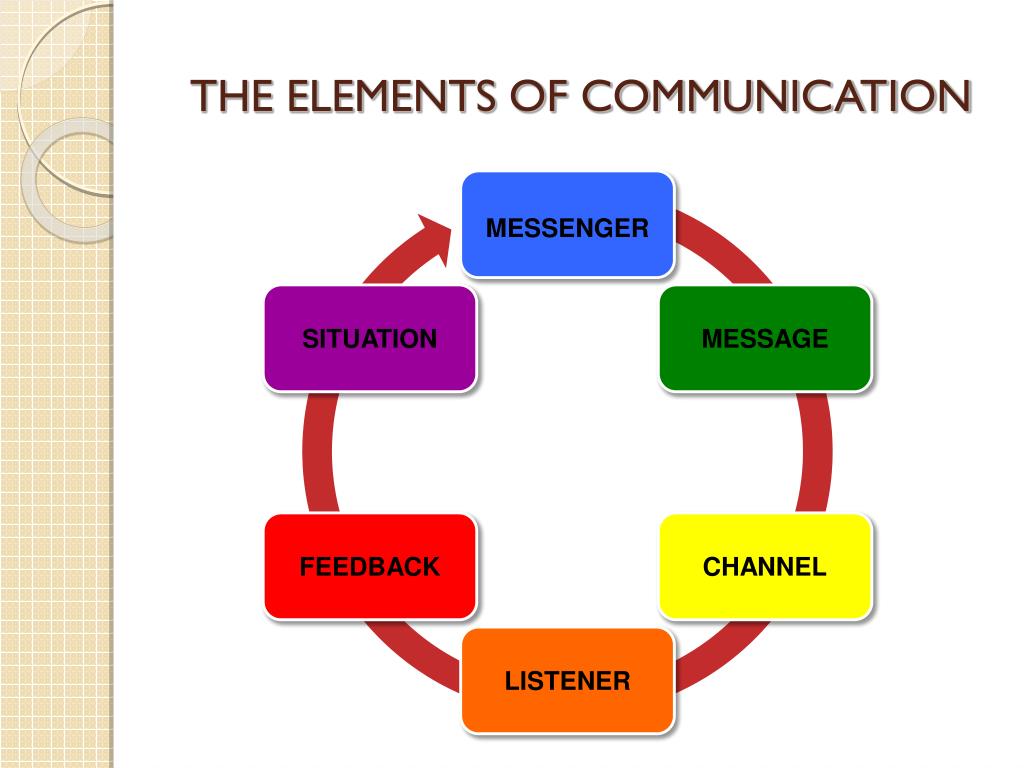

In communication models, the participants are the senders and/or receivers of messages in a communication encounter. The first two models we will discuss, the transmission model and the interaction model, include the following parts: participants, messages, encoding, decoding, and channels. The three models of communication we will discuss are the transmission, interaction, and transaction models.Īlthough these models of communication differ, they contain some common elements. When you become aware of how communication functions, you can think more deliberately through your communication encounters, which can help you better prepare for future communication and learn from your previous communication. Models still serve a valuable purpose for students of communication because they allow us to see specific concepts and steps within the process of communication, define communication, and apply communication concepts. Some models explain communication in more detail than others, but even the most complex model still doesn’t recreate what we experience in even a moment of a communication encounter.

Models of communication simplify the process by providing a visual representation of the various aspects of a communication encounter.

Identify and define the components of the transmission model of communication.


 0 kommentar(er)
0 kommentar(er)
